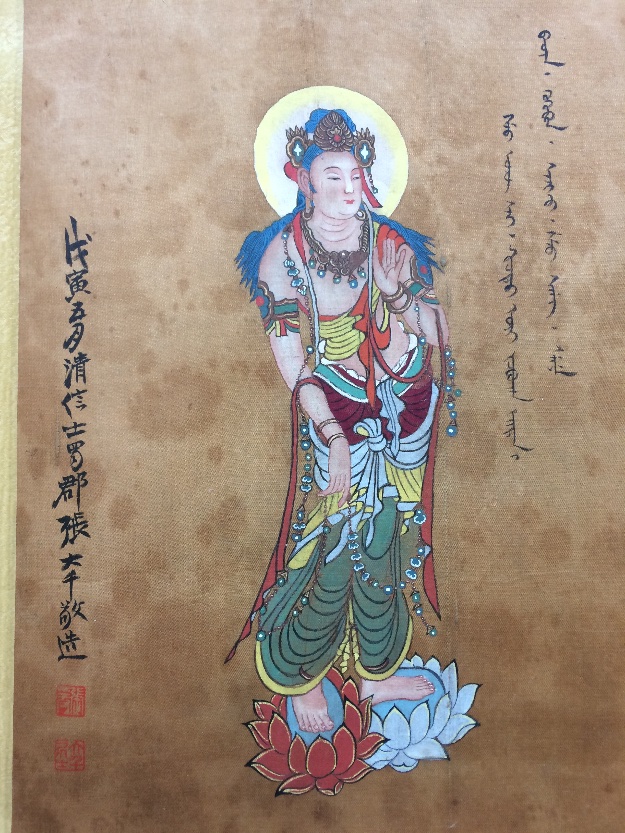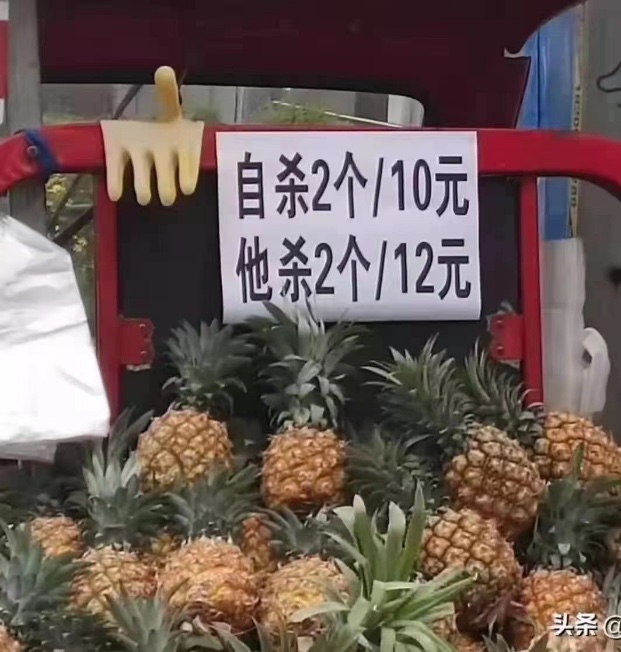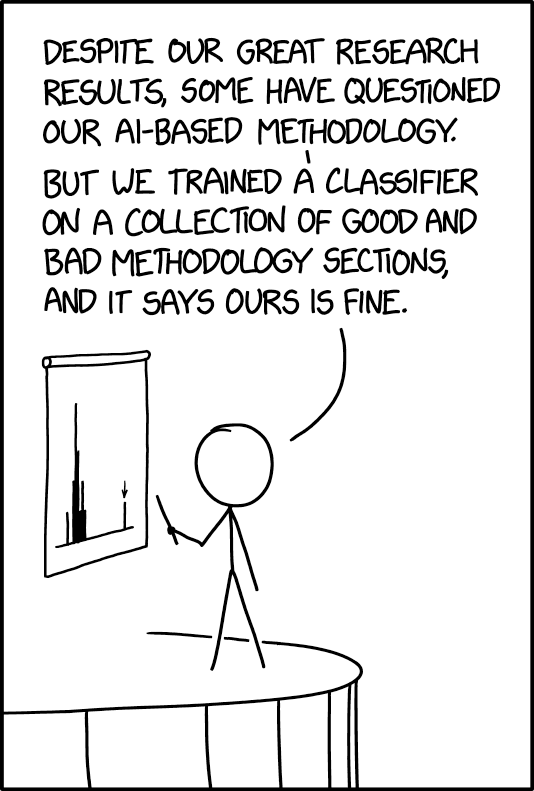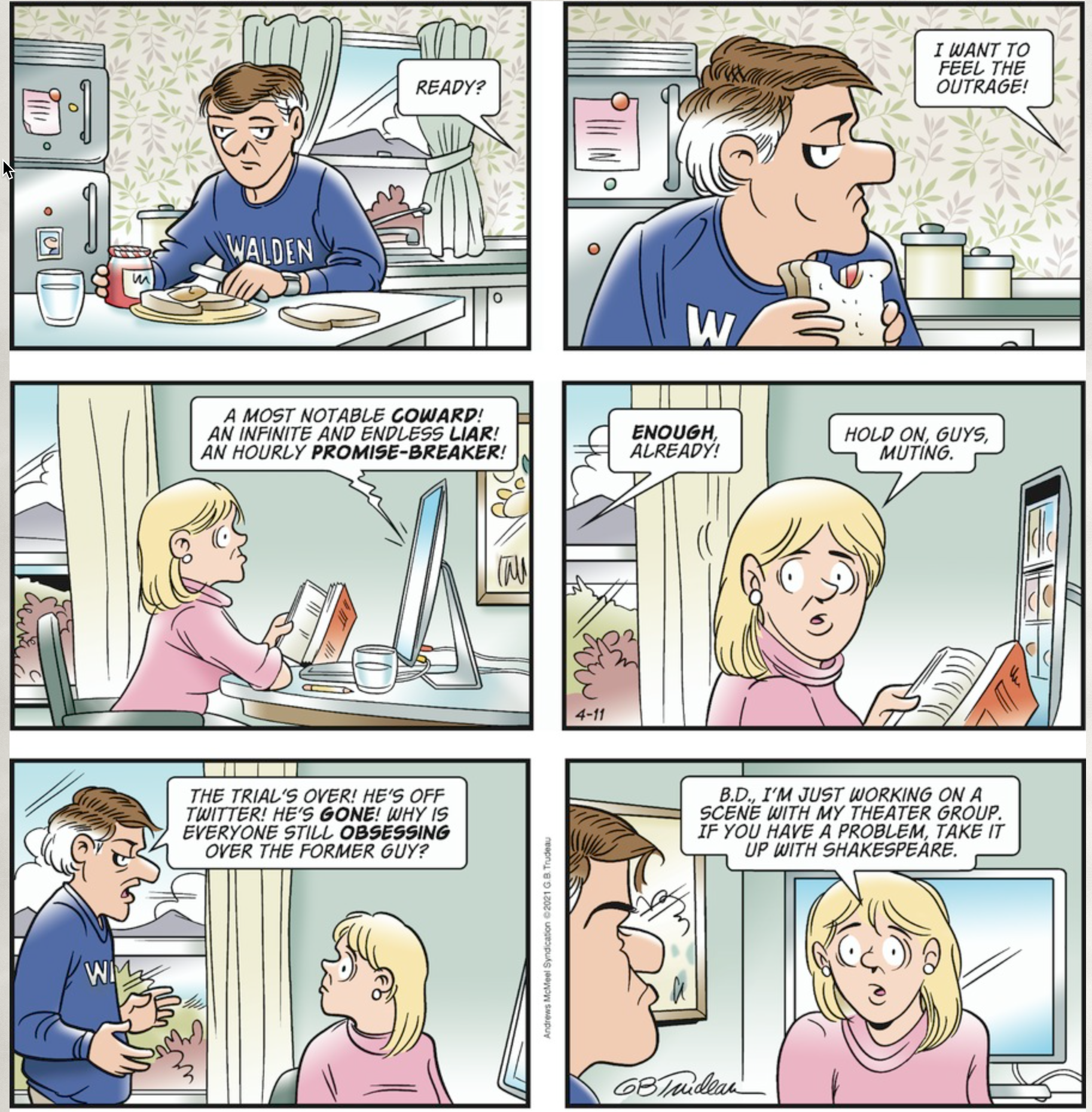Ornamental Manchu: the lengths to which a forger will go
An anonymous collector recently sent me photographs of a handscroll featuring eight manifestations of Guanyin (Skt. Avalokiteśvara), the Bodhisattva of Compassion painted on silk, circa 1940s. A striking feature of this handscroll is that each painting of one of the manifestations is accompanied by a vertical Manchu inscription on the upper right side. The Manchu writing looks genuine, but it has some characteristics that give one pause. The paintings also have some aspects that are disquieting. In this post, l will reproduce only the first and last paintings, but will also provide some other illustrations for comparative purposes.
Read the rest of this entry »








